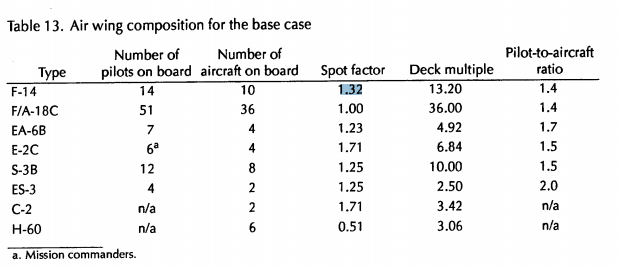The new USN 30 year shipbuilding plan released Dec 9, which think very unlikely to be funded by the new Admin/Congress.
My understanding the plan shows the 5th and final CVN Ford class to be ordered in 2024, will then transfer to building a new light carrier design in 2028, not another 100,000t supercarrier, the CVL, L standing for Light.
No details whether nuclear or conventionally powered, maybe similar in concept or totally different to the ~80,000t Kitty Hawk class, PA2(QNLZ), Chinese Type 002 and PANG, which should cost less than half that of a Ford. The CBO estimated that Ford build cost $16.2 billion in 2019 dollars, the Navy figure of $13.3 billion is in then year 2008$.
My understanding the plan shows the 5th and final CVN Ford class to be ordered in 2024, will then transfer to building a new light carrier design in 2028, not another 100,000t supercarrier, the CVL, L standing for Light.
No details whether nuclear or conventionally powered, maybe similar in concept or totally different to the ~80,000t Kitty Hawk class, PA2(QNLZ), Chinese Type 002 and PANG, which should cost less than half that of a Ford. The CBO estimated that Ford build cost $16.2 billion in 2019 dollars, the Navy figure of $13.3 billion is in then year 2008$.


